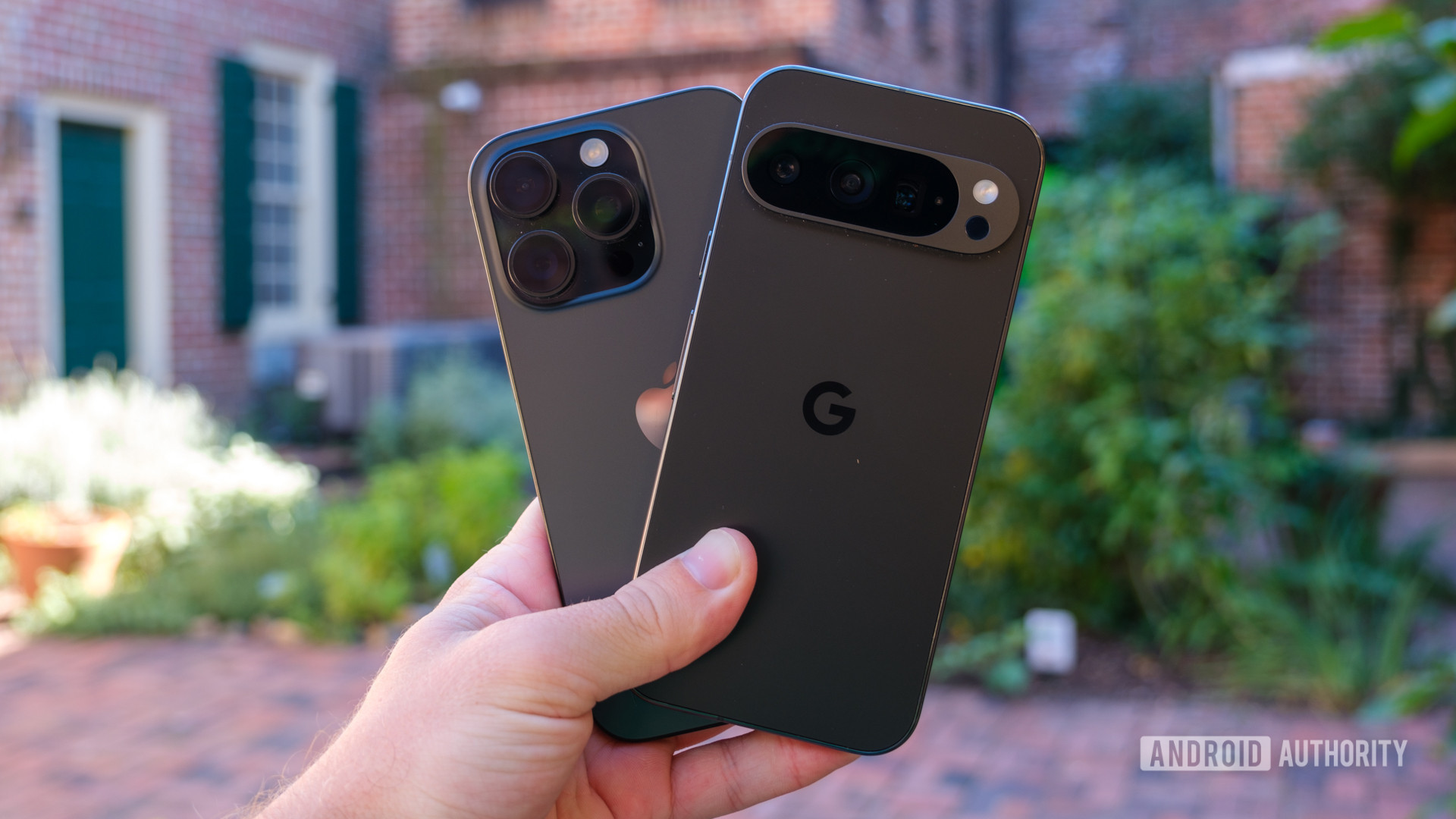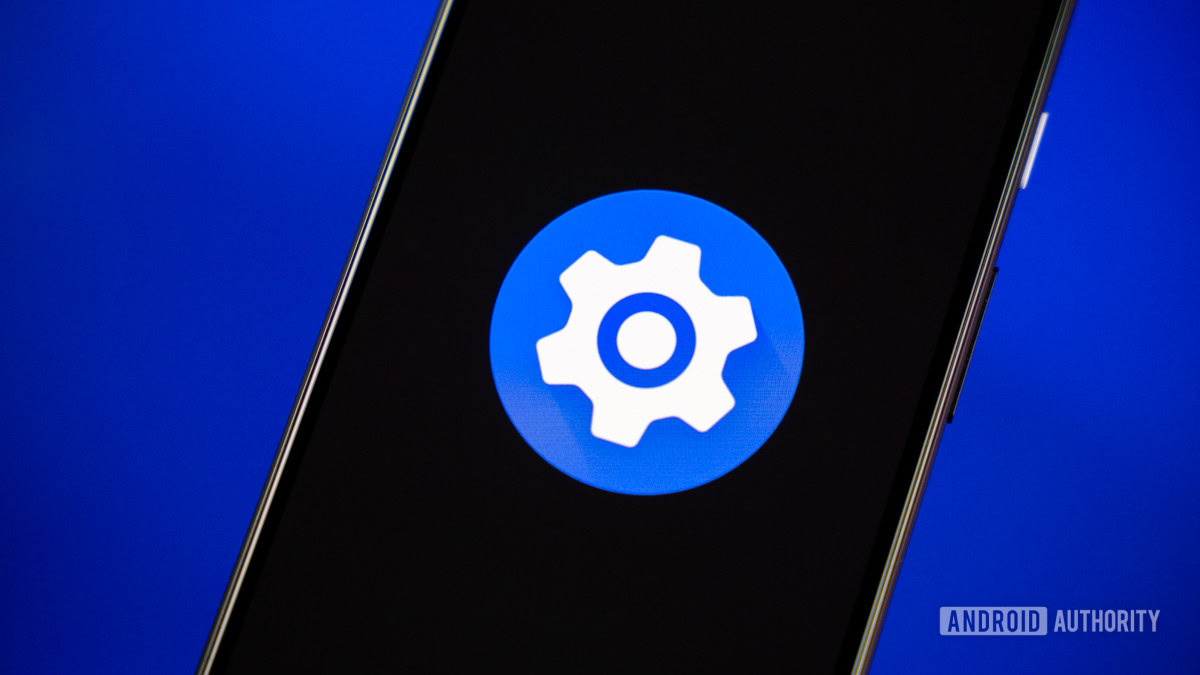Affiliate links on Android Authority may earn us a commission. Learn more.
7 ways to fix "mobile network not available" errors
Published onOctober 14, 2024
Needless to say, a “mobile network not available” message — or some version of that — is a major problem on a smartphone, since the whole point is to make calls and access the internet away from a computer. While there’s often nothing you can do if the error arises, that’s not always true, in which case this guide should get you back in action.
QUICK ANSWER
There are a few troubleshooting tips you can try if you encounter the "mobile network not available" error message. Some simple methods are to check if airplane mode is off, enable mobile data, restart the phone, reinsert the SIM card, or update the phone. Keep reading for more tips.
JUMP TO KEY SECTIONS
Editor’s note: We formulated these instructions using a Google Pixel 8a running Android 14 and an Apple iPhone 12 Mini running iOS 18.1. Some steps may differ depending on your device and software version.
Why does my phone say “Mobile network not available?”

As you’d guess, this error message means your phone can’t establish a cellular connection, no matter if it’s 5G, 4G, or something slower. In the vast majority of cases this is going be caused by weak or non-existent signal, but carrier outages or congestion could be to blame. It’s also possible that there are software or hardware bugs, or that your roaming settings don’t support the networks in your present area. You may also need to check your device settings and/or SIM card (assuming it’s not an eSIM).
How to fix “Mobile network not available” errors

Try running through the steps below in order. Like we said, it’s possible none of these options will work, but it’s certainly worth attempting them if you need to get connected as soon as possible. If nothing on this list helps, it’s time to contact the support staff for your carrier and/or your phone maker.
- Doublecheck that cellular is switched on, and that Airplane Mode is off. When you’re traveling, it’s easy to leave Airplane Mode on by accident, which disables all cellular radios. Make sure it’s off. On Android, go to Settings > Network & internet > Airplane mode. On iPhone, go to Settings > Airplane Mode. It’s also possible that you disabled cellular functions separately. To turn on mobile data on Android, go to Settings > Network & internet > SIMs > Mobile data.
- Check your signal and (if possible) your carrier’s network coverage. If you’re seeing zero signal bars on your phone, or replacement text like “no service” or “SOS only,” chances are there’s no (meaningful) network to connect to in your area. You’ll have to relocate to a place you know has good reception, assuming there isn’t a wide service outage or severe congestion. If you’re in an unfamiliar area, carriers usually have a map showing available coverage. Do a web search when you can find another way to get online.
- Check your roaming settings and restrictions. If you’ve disabled roaming, or your selected carrier doesn’t allow it, you could be in an area with cellular coverage that you’re blocked from accessing. There’s not much you can do in the second situation short of buying another SIM, but for the first, search for Roaming in your phone’s Settings app. Be aware that when you enable roaming, you could be charged extra — it depends on where your carrier offers free roaming, and any additional restrictions on calls, texts, or data. A carrier might offer free calls and texts in some countries, for example, but charge exorbitant amounts per megabyte of data. It’s why many people buy short-term SIMs when they travel overseas.
- Reinsert your SIM card. If you’re using a physical SIM (i.e., not an eSIM), it could be that it’s jostled loose. Pop open your SIM slot (using a SIM tool or paperclip), re-seat the card, then slide the tray back in. As a bonus, this should force your phone to reconnect from scratch. Keep an eye out for damage; however, if the connections on your card or SIM slot are faulty, you’ll need a replacement card or phone repair.
- Restart your phone. Speaking of scratch, it’s possible that there are temporary software or carrier issues that can be solved with a reboot. Once you’re back at your home screen, we suggest going over cellular settings again to make sure nothing has flipped the wrong way. To restart your Android phone, press the side and volume up buttons, then select Restart. On iPhone, simultaneously press and hold the side, and either the volume up or volume down button, for a few seconds, then use the slide to power off slider.
- Scan for Android or iOS updates. If you haven’t updated your phone in a while, there could be related bugs that Apple, Google, or your phone maker has already addressed. On most Android devices, you can check for updates by going to Settings > System > Software updates > System update > Check for update. With iPhones and iPads, the process is straightforward — go to Settings > General > Software Update. No matter your platform, make sure your device is backed up, mostly charged, and (naturally) connected to Wi-Fi before installing. You’ll also want to set aside some time, since your device will be temporarily out of commission until the install is finished.
- Reset network settings. Consider this the “nuclear” option, a last resort. Why? Resetting network settings can potentially force your phone to forget not just cellular info, but Wi-Fi and Bluetooth connections. You may end up spending a lot of time repairing accessories and looking up Wi-Fi passwords, and there’s no guarantee that a reset will accomplish anything. Thankfully, more recent versions of Android support resetting cellular separately by going to Settings > System > Reset options > Reset Mobile Network Settings. Again, labels may vary. On an iPhone, you’ll have to reset all network settings using Settings > General > Transfer or Reset iPhone > Reset > Reset Network Settings. With either platform, it’s probably worth backing up your phone first.